Birds are nature’s most celebrated musicians, filling forests, meadows, and even urban environments with complex melodies that serve purposes far beyond mere aesthetics. While many of us have marveled at the dawn chorus or stopped to appreciate a robin’s trill, few understand the remarkable learning process behind these avian symphonies. The acquisition of birdsong represents one of the most fascinating examples of learned behavior in the animal kingdom—a process that varies dramatically across species, involves critical developmental windows, and shares surprising parallels with human language acquisition. From songbirds that perfect their tunes through months of practice to those with innate musical abilities, the timeline and mechanics of how birds learn their distinctive songs reveal the remarkable complexity of these feathered virtuosos.
The Fundamental Types of Bird Vocalization Learning
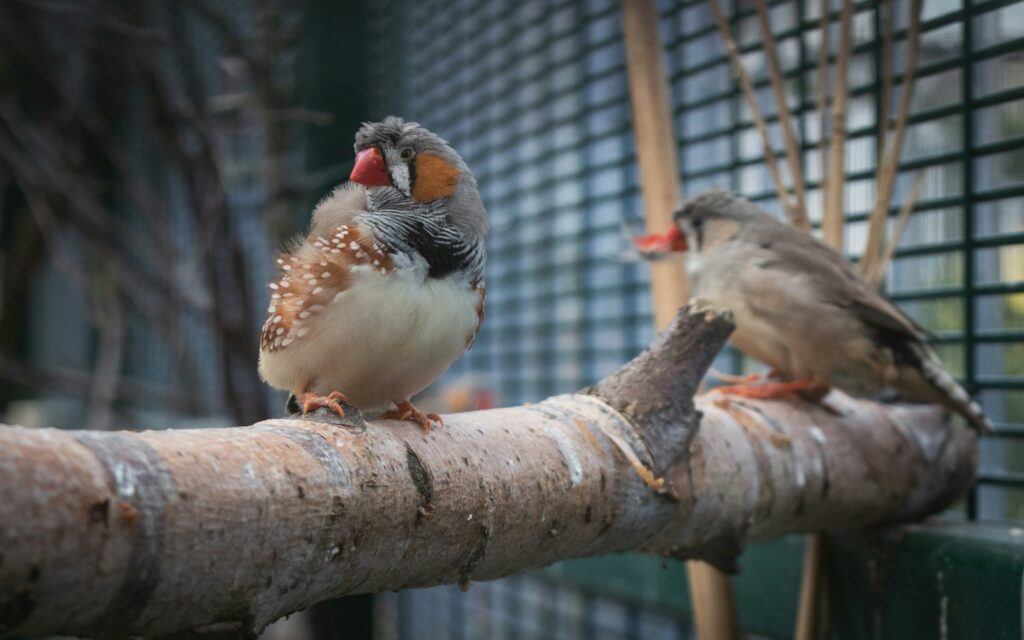
Birds develop their vocal abilities through several different learning pathways, each requiring varying amounts of time and practice. The most basic distinction is between birds that learn their songs (known as vocal learners) and those with innate vocalizations that require little to no learning (non-learners). Among the approximately 10,000 bird species worldwide, only about 40% are vocal learners, including songbirds, parrots, and hummingbirds. Non-learning species, such as chickens, doves, and ducks, are born with essentially complete vocal patterns that emerge without the need for auditory feedback or practice. This fundamental distinction explains why some birds can master complex songs requiring months of practice, while others produce their characteristic calls almost immediately after hatching.
Critical Periods in Songbird Development
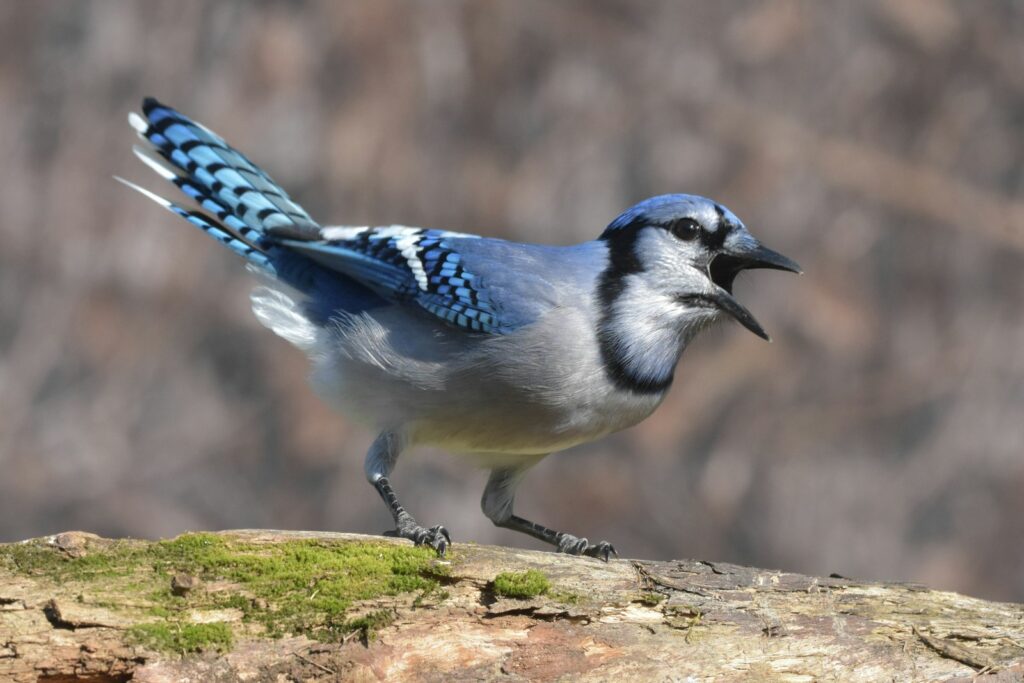
For true songbirds (oscines), song learning typically occurs during specific developmental windows known as critical periods. The sensory phase comes first, during which young birds listen to and memorize the songs of their species, usually from their fathers or neighboring males. This phase can last from 10-50 days in some species, like zebra finches, to several months in birds like white-crowned sparrows. Following this is the sensorimotor phase, when birds begin to practice producing sounds themselves, often creating quiet, unstructured vocalizations called subsong. As practice continues, these develop into plastic song—recognizable but variable attempts at the memorized template—before finally crystallizing into adult song. The entire process, from first listening to producing the final adult song, typically takes between 2-12 months, depending on the species.
Fast Learners: Zebra Finches and Their Accelerated Timeline
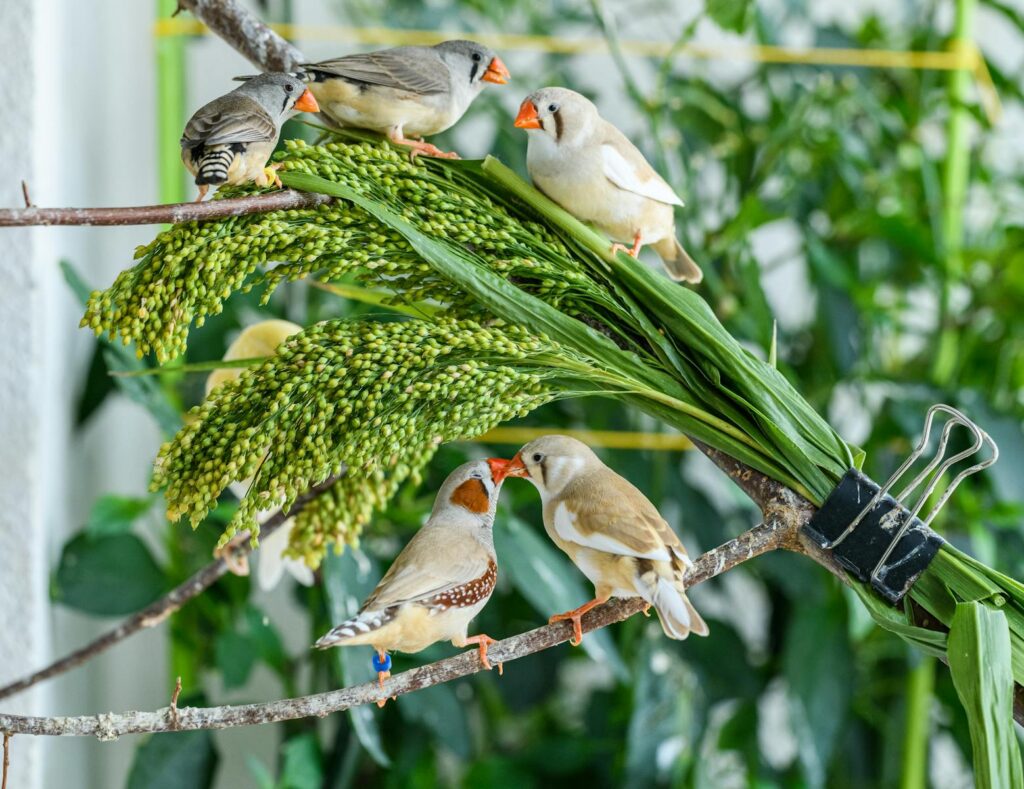
Zebra finches represent one of the quickest song-learning species, making them popular subjects for neurobiological research. Male zebra finches begin learning their songs at about 25 days after hatching, listening intently to their fathers during a sensory phase that lasts until approximately day 65. By day 35, they begin practicing their vocalizations, starting with simple subsong and progressing to more structured practice. Remarkably, by 90-120 days of age, young male zebra finches have typically crystallized their adult song, which they’ll maintain for the rest of their lives. This compressed timeline makes zebra finches exceptional among songbirds, as they complete in 3-4 months what takes many other species significantly longer to achieve. Their rapid learning process reflects evolutionary adaptations to their native Australian environment, where quick maturation provides survival advantages.
Seasonal Learners: Birds with Extended Learning Periods
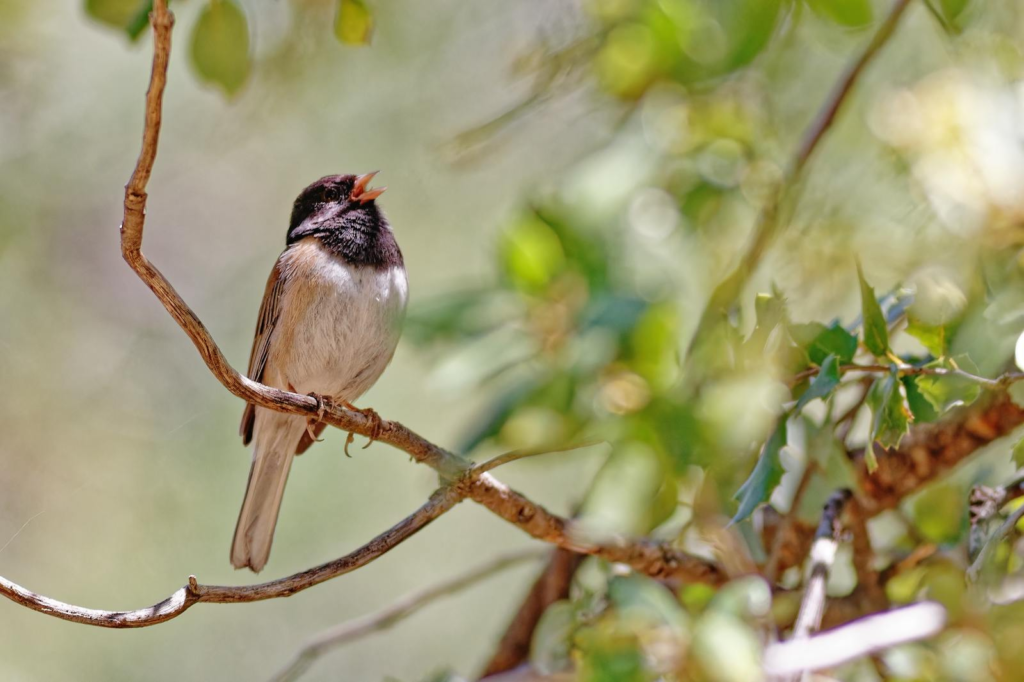
Unlike zebra finches, many temperate-zone birds follow a much more extended timeline for song learning, often tied to seasonal breeding cycles. Species like white-crowned sparrows, song sparrows, and many warblers have a sensory learning phase during their first few months of life, but then enter a period of relative vocal inactivity during fall and winter. When spring approaches and breeding season begins, these birds enter an intense sensorimotor phase, practicing and refining their songs over several weeks. For these seasonal learners, the total song acquisition process spans 8-12 months from hatching to mastery. Some species, like the indigo bunting, may even continue refining their songs across multiple breeding seasons, gradually incorporating new elements or improving their delivery over the first 2-3 years of life.
Open-Ended Learners: Birds That Never Stop Learning
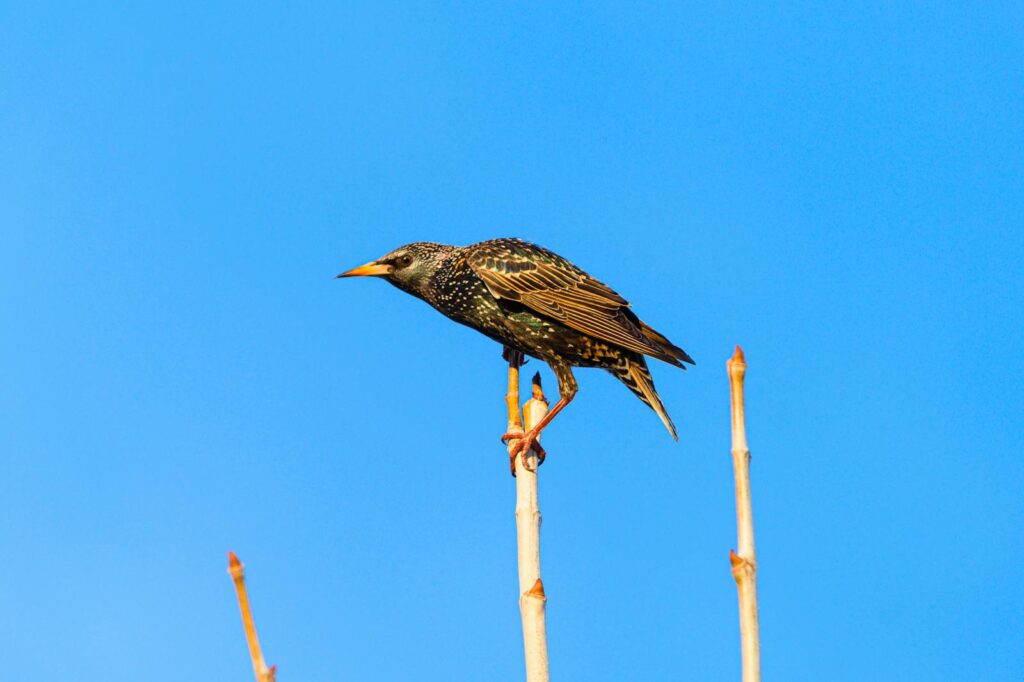
Not all birds complete their song learning in their first year of life. Species classified as open-ended learners continue modifying their vocal repertoires throughout adulthood. European starlings, mockingbirds, and canaries are prime examples, capable of adding new song elements each year. Canaries, particularly, demonstrate dramatic seasonal changes, actually growing new neurons in their song control nuclei each spring—a rare example of adult neurogenesis that enables them to develop fresh variations in their songs. Northern mockingbirds continue expanding their impressive repertoire of mimicked sounds throughout their lives, potentially learning hundreds of different song types from other birds and environmental sounds. For these avian virtuosos, song learning isn’t measured in months but continues as a lifelong process of acquisition and refinement.
The Neural Basis of Song Learning
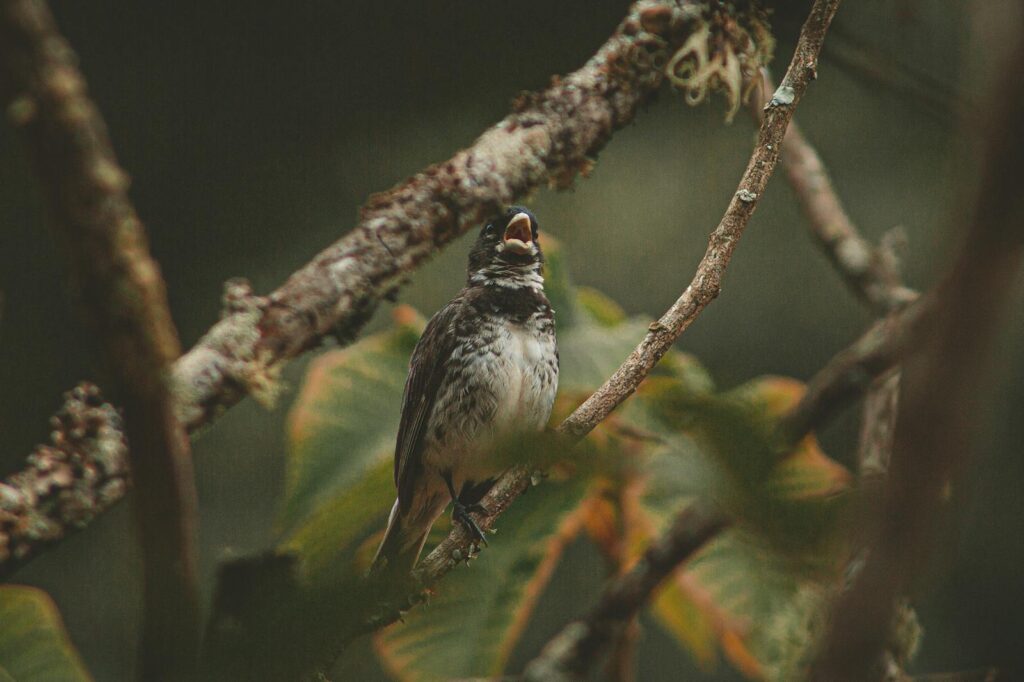
The timeline of song acquisition directly corresponds to physical development in specific brain regions. Birds possess specialized neural circuits dedicated to song learning and production, including areas known as HVC, RA, and Area X, collectively referred to as the song system. In young songbirds, these brain regions undergo dramatic growth during the sensory and sensorimotor phases, with neurons forming new connections as birds listen to and practice songs. Research has shown that in zebra finches, the HVC nearly doubles in size during song learning, while connections between brain regions strengthen significantly. This neural development creates a physical time constraint on learning—birds cannot master songs until their neural architecture has developed sufficiently, which partly explains why even fast learners like zebra finches require at least 90 days to perfect their songs.
The Role of Social Interaction in Song Development
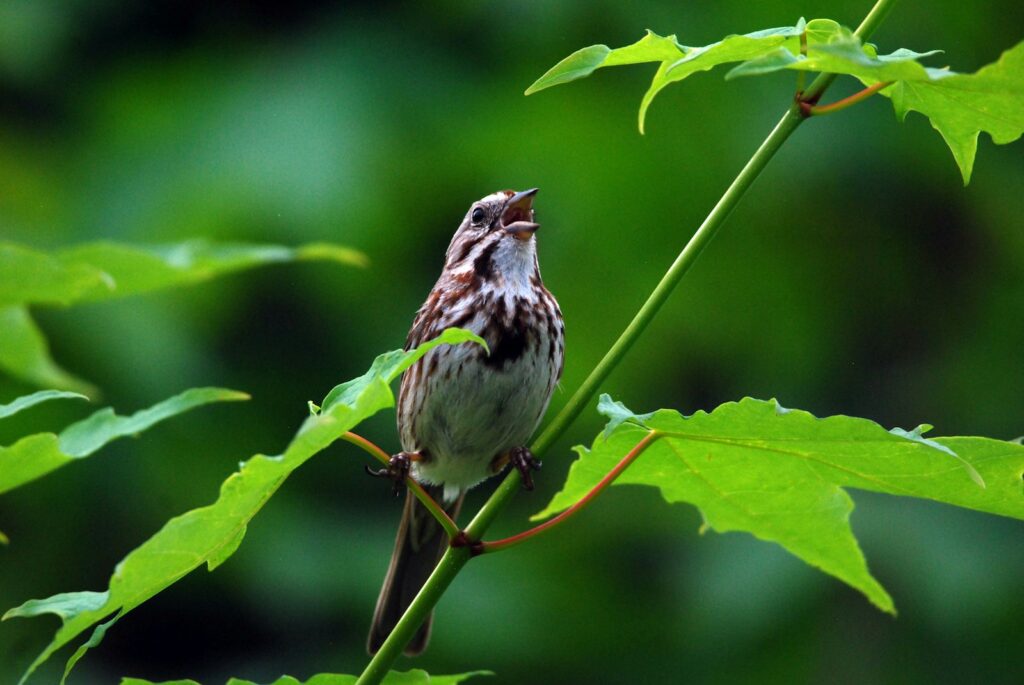
The time required for song learning is significantly influenced by social factors and the quality of tutoring available to young birds. Studies have shown that songbirds raised in isolation take considerably longer to develop their songs, and often produce abnormal vocalizations that lack species-typical characteristics. Conversely, young birds with access to live tutors—especially interactive ones that provide feedback—typically learn more quickly and accurately. In brown-headed cowbirds, females actually guide male song development through subtle visual cues like wing strokes when males produce preferred song elements. This social feedback can accelerate learning by helping males focus their practice on the most effective vocalizations. The quality of social interaction can easily add or subtract weeks from the normal developmental timeline, making it a crucial factor in how quickly birds master their songs.
Comparing Song Learning in Different Bird Families
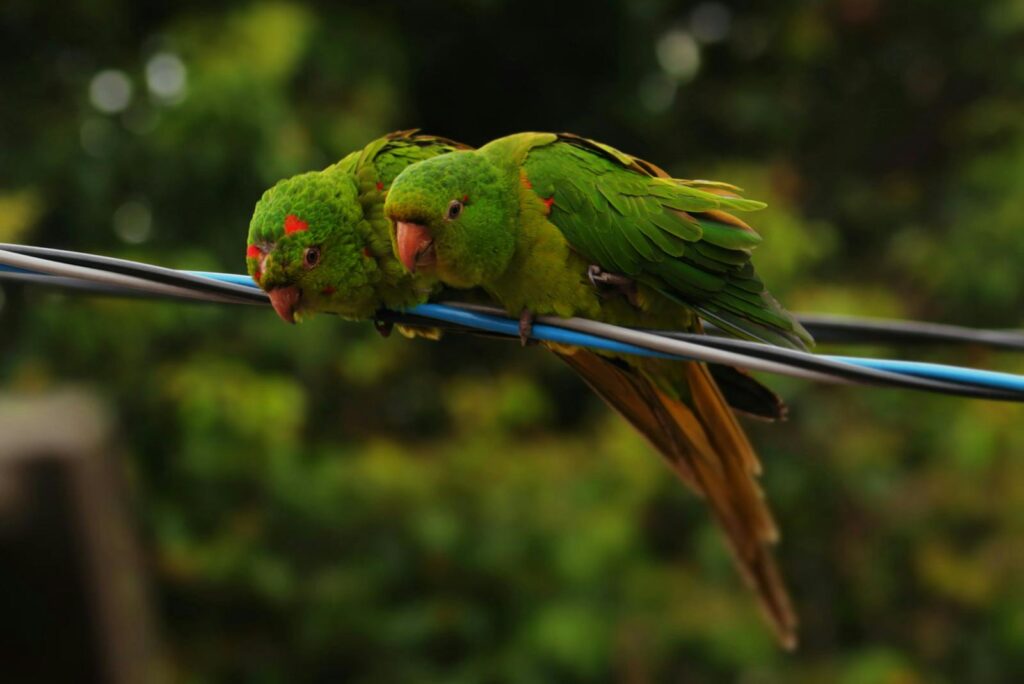
The time required for song learning varies dramatically across different avian families, reflecting their diverse evolutionary histories. Parrots, among the most vocally sophisticated birds, typically have extended learning periods lasting 1-2 years before their full vocal abilities emerge. Hummingbirds, another independent evolution of vocal learning, generally master their simple songs within 3-6 months. Within the songbird family (Passeriformes), crows and ravens may take up to two years to perfect their complex vocalizations, while tiny wrens often complete their song development within 4-6 months. These differences reflect not just the complexity of the songs themselves but also each family’s life history traits—longer-lived species typically invest more time in perfecting their vocal abilities, while shorter-lived birds accelerate their learning to become reproductively competitive more quickly.
The Impact of Song Complexity on Learning Time
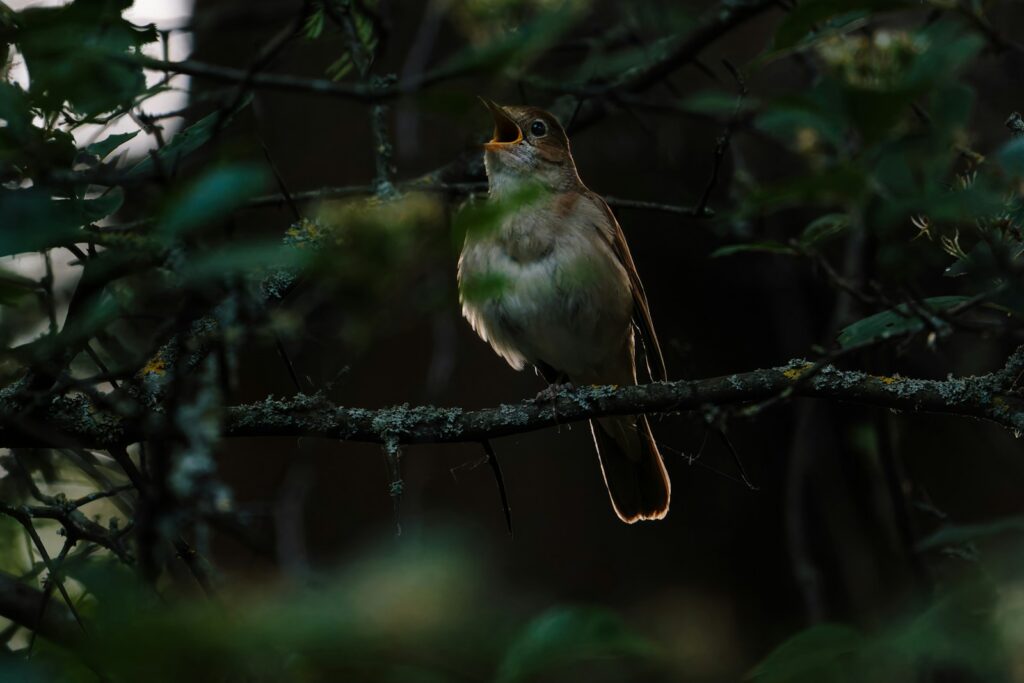
Birds with more complex songs generally require longer learning periods to master their vocalizations. Nightingales, renowned for their musical prowess, possess repertoires of up to 200 different song types and typically spend their entire first year of life perfecting this extensive catalog. By contrast, the chipping sparrow, with its single, simple trill, may complete its song learning in just 3-4 months. Brown thrashers, with repertoires containing over 1,000 song types, learn throughout their first two years of life and continue adding new variations thereafter. The correlation between complexity and learning time makes intuitive sense—more complex information requires more time to process and practice, just as human musicians need longer to master complicated compositions than simple melodies.
Environmental Factors Affecting Learning Timeline
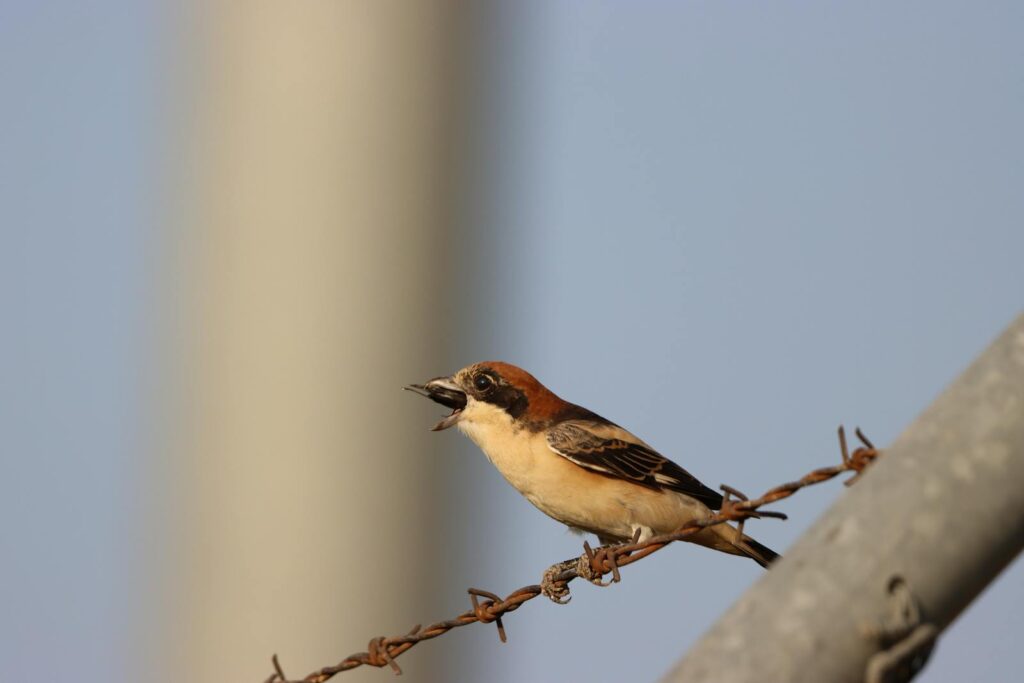
The physical environment plays a significant role in determining how quickly birds learn their songs. Birds raised in noisy environments typically take longer to develop accurate songs, as ambient noise interferes with their ability to hear themselves and their tutors clearly. Studies of great tits in urban environments reveal that birds in noisier areas may take 2-3 weeks longer to crystallize their songs compared to their rural counterparts. Nutrition also significantly impacts learning timeline—birds with access to abundant, high-quality food develop their neural song systems more rapidly and can dedicate more energy to practice. Severe weather events or food scarcity can delay song development by weeks or months as birds prioritize survival over vocal practice. These environmental factors create substantial variability in learning times even within a single species.
Parallels Between Bird Song and Human Speech Acquisition
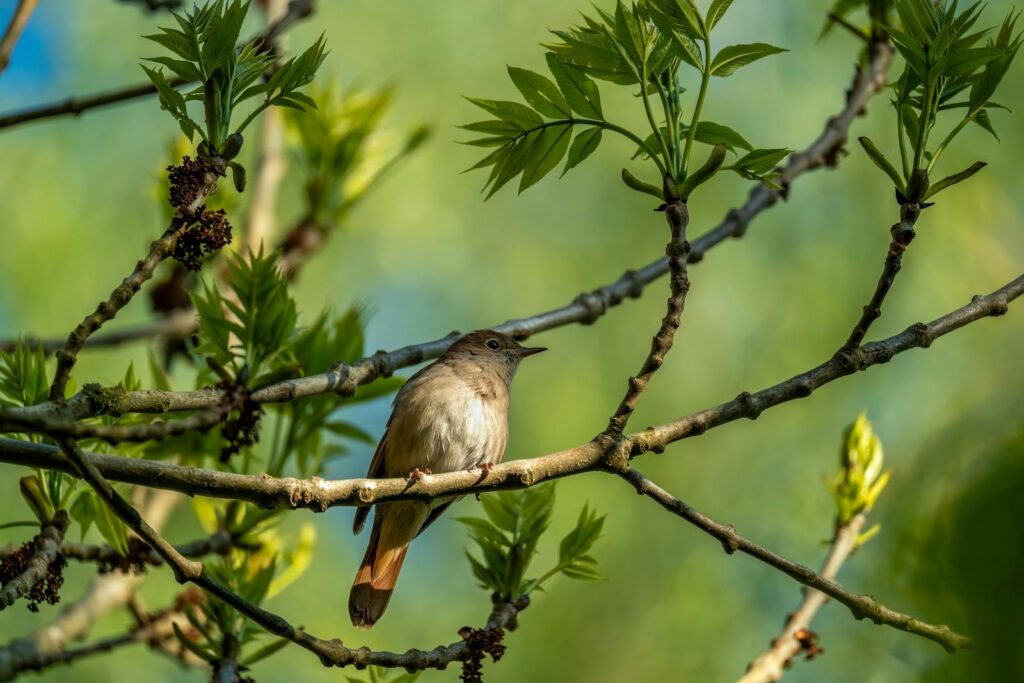
The timeline for birdsong acquisition bears remarkable similarities to human language development, offering insights into the evolution of vocal learning. Like human infants, who babble before speaking coherently, young songbirds progress through distinctive phases of vocal practice, from subsong to plastic song to crystallized adult vocalizations. Both humans and songbirds possess critical periods when learning occurs most efficiently—typically in early life—though the relative length of these periods differs significantly. While children typically take 3-5 years to master the basics of their native language, most songbirds compress their equivalent learning into 3-12 months. Despite this compressed timeline, the neural mechanisms underlying both processes share fundamental similarities, including specialized brain regions for processing and producing learned vocalizations, making birdsong acquisition one of nature’s best models for understanding human speech development.
Practical Applications for Bird Breeders and Conservationists

Understanding the timeline of song development has important practical applications for both captive breeding programs and conservation efforts. Captive birds intended for reintroduction to the wild must be exposed to appropriate song tutors during their critical learning periods to develop normal vocalizations—a process that can require planning breeding schedules months or years in advance. For endangered species like the New Zealand hihi or the Puerto Rican parrot, conservation efforts include specialized acoustic enrichment programs to ensure young birds hear appropriate species songs during their sensitive periods. Breeders of songbirds like canaries and finches must provide stable environments during critical learning phases to produce birds with attractive songs, typically allowing 6-12 months for complete vocal development. These applications demonstrate how theoretical knowledge about song learning timelines translates into practical conservation and breeding protocols.
The Mystery of Song Dialects and Cultural Evolution
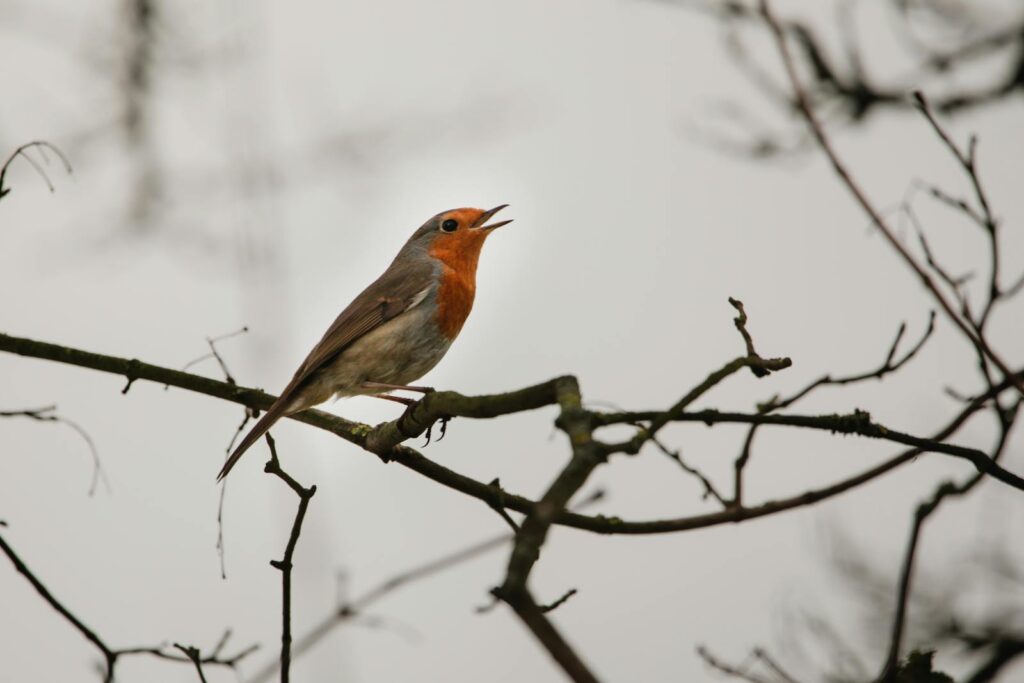
The time required for birds to learn songs also influences the development of regional dialects and the cultural evolution of songs across generations. In species with shorter, more defined learning periods, such as white-crowned sparrows, regional dialects tend to remain stable over many decades because young birds have limited time to innovate during their brief learning windows. Conversely, in open-ended learners like starlings or mockingbirds, songs can evolve more rapidly as birds continuously incorporate new elements throughout their lives. This balance between faithful transmission and innovation creates a fascinating parallel to human cultural evolution. In some species, researchers have documented the equivalent of “song fashions” that spread through populations over periods of 5-10 years, with certain song elements becoming popular before eventually being replaced by new variations—a process directly influenced by the learning capacities and timelines of each species.
Conclusion
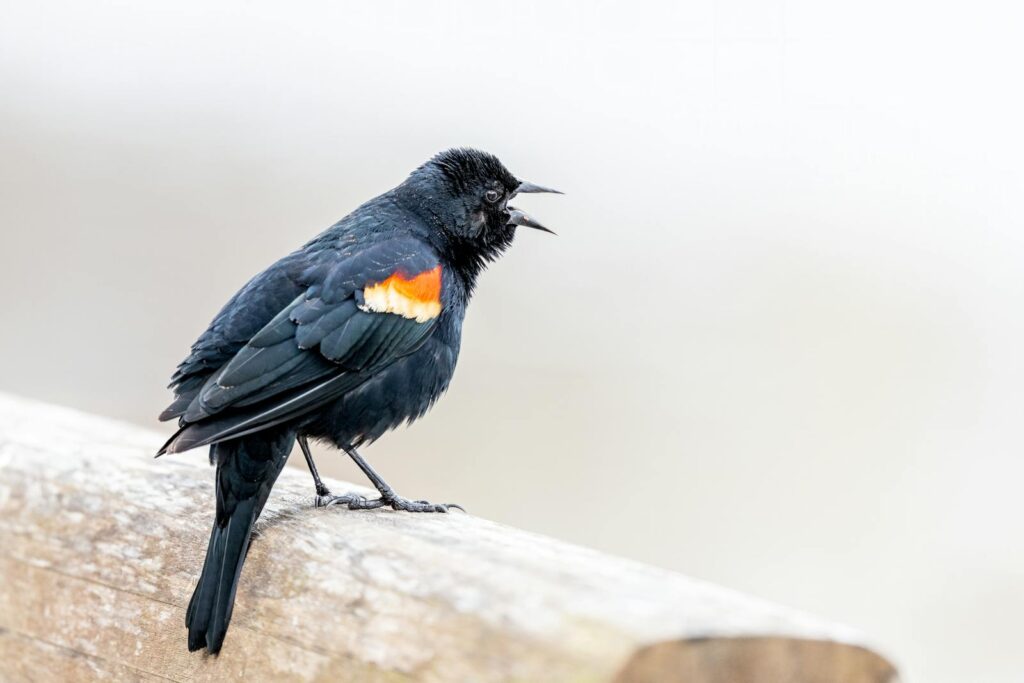
The journey from a nestling’s first tentative peeps to the accomplished melodies of adult birds represents one of nature’s most remarkable learning processes. Whether completed in the quick three-month sprint of a zebra finch, the year-long development of a white-crowned sparrow, or the lifelong accumulation of a mockingbird’s vast repertoire, song learning showcases the remarkable plasticity of the avian brain. This process—influenced by genetics, social interaction, environment, and neural development—provides a window into how complex behaviors emerge through the interplay of innate programming and experience. As we continue to study these feathered musicians, we gain not only appreciation for their vocal accomplishments but also insights into the fundamental principles of learning that connect birds to other vocal learners, including ourselves. The next time you hear a bird’s song, consider the months of listening, practice, and neural development behind those seemingly effortless notes—a testament to the remarkable learning capacity of these natural performers.
